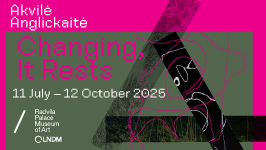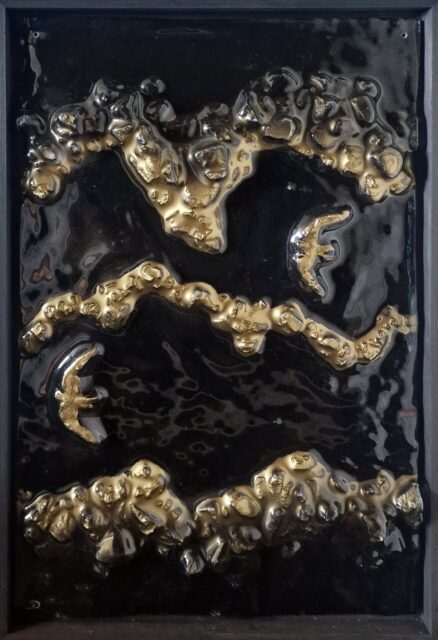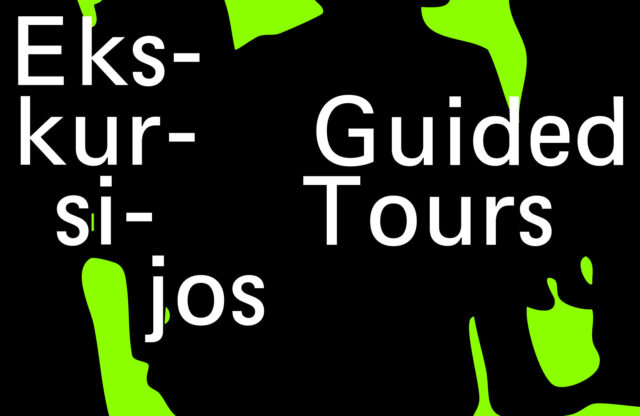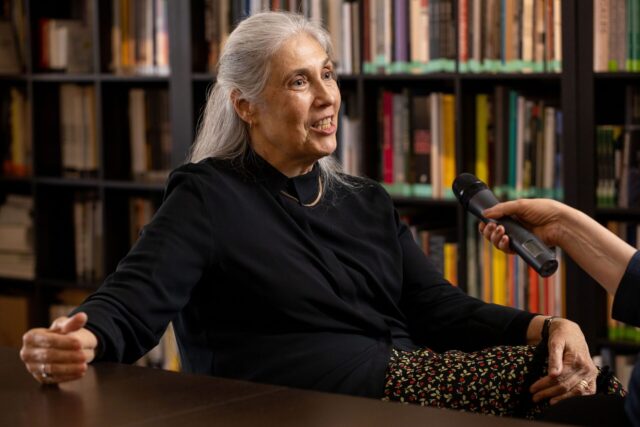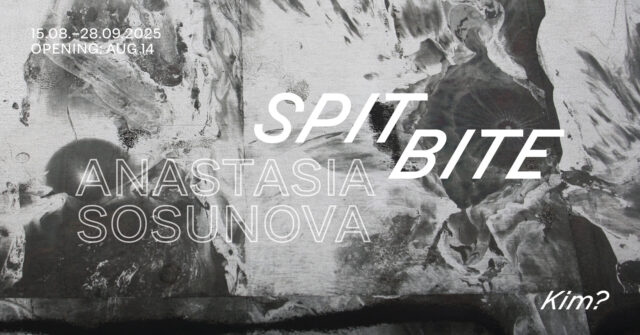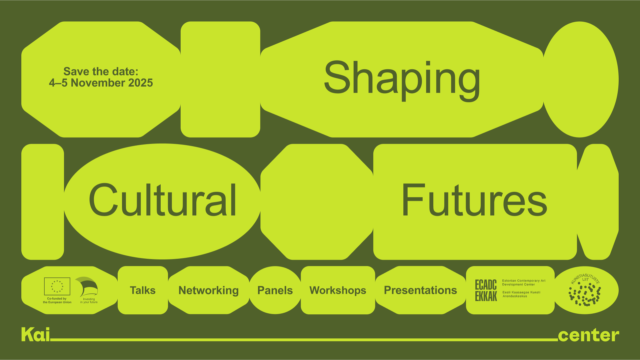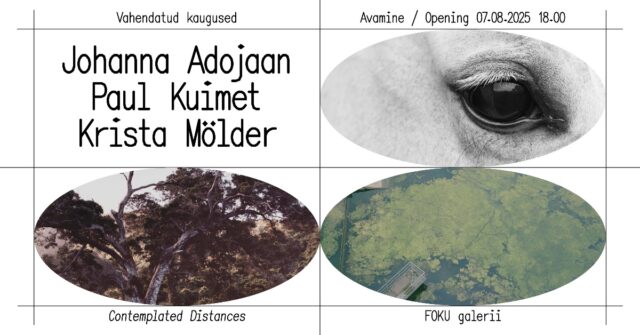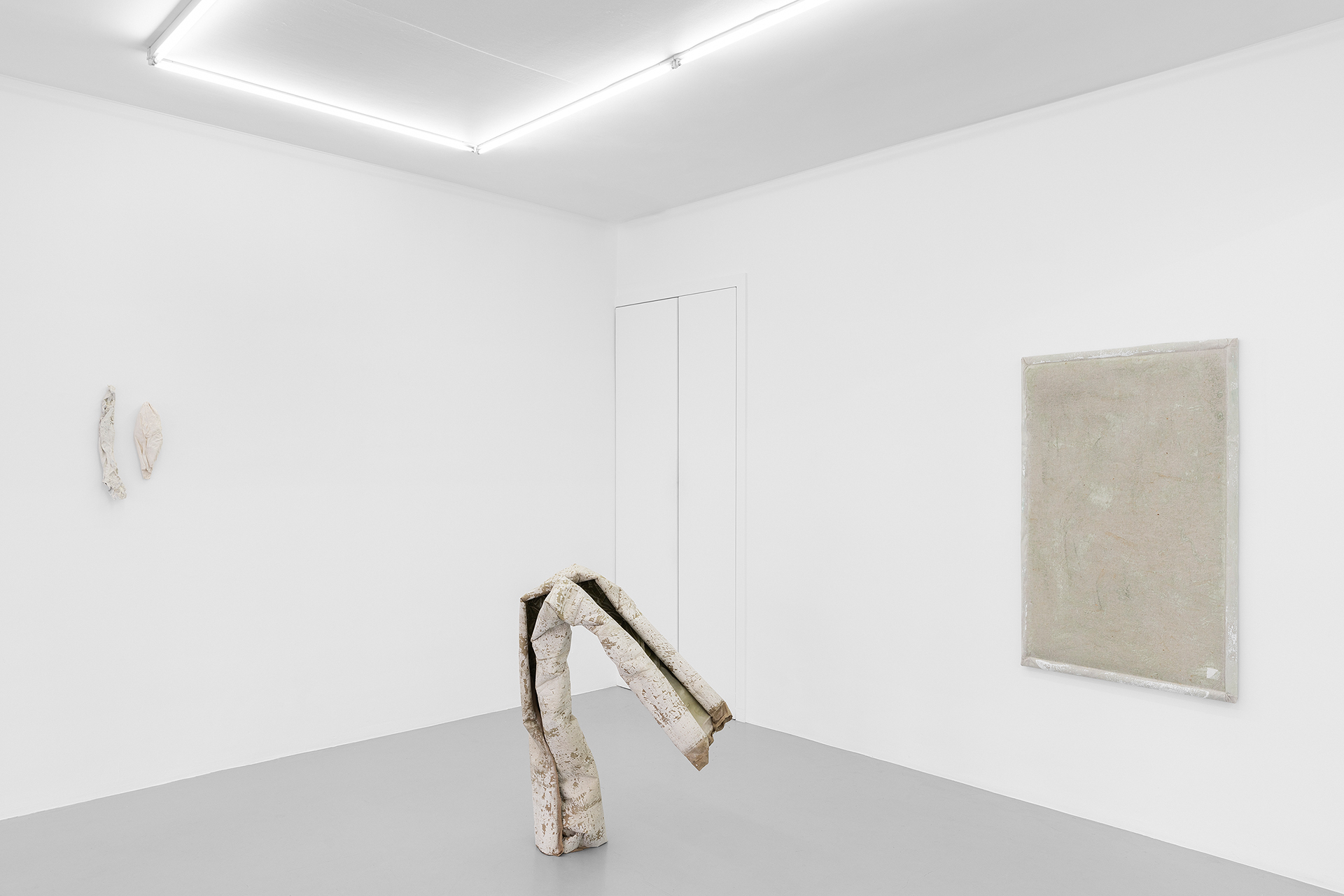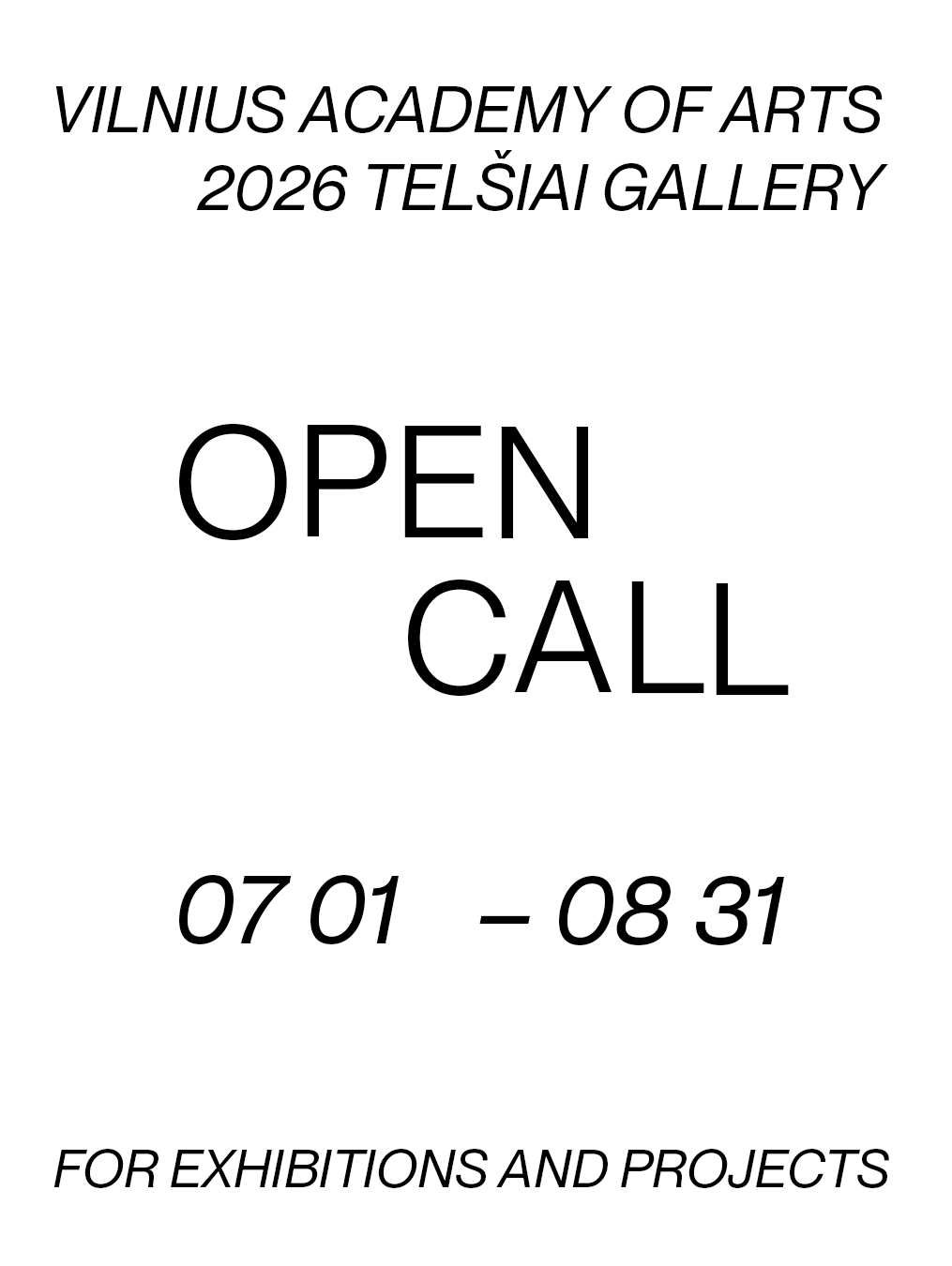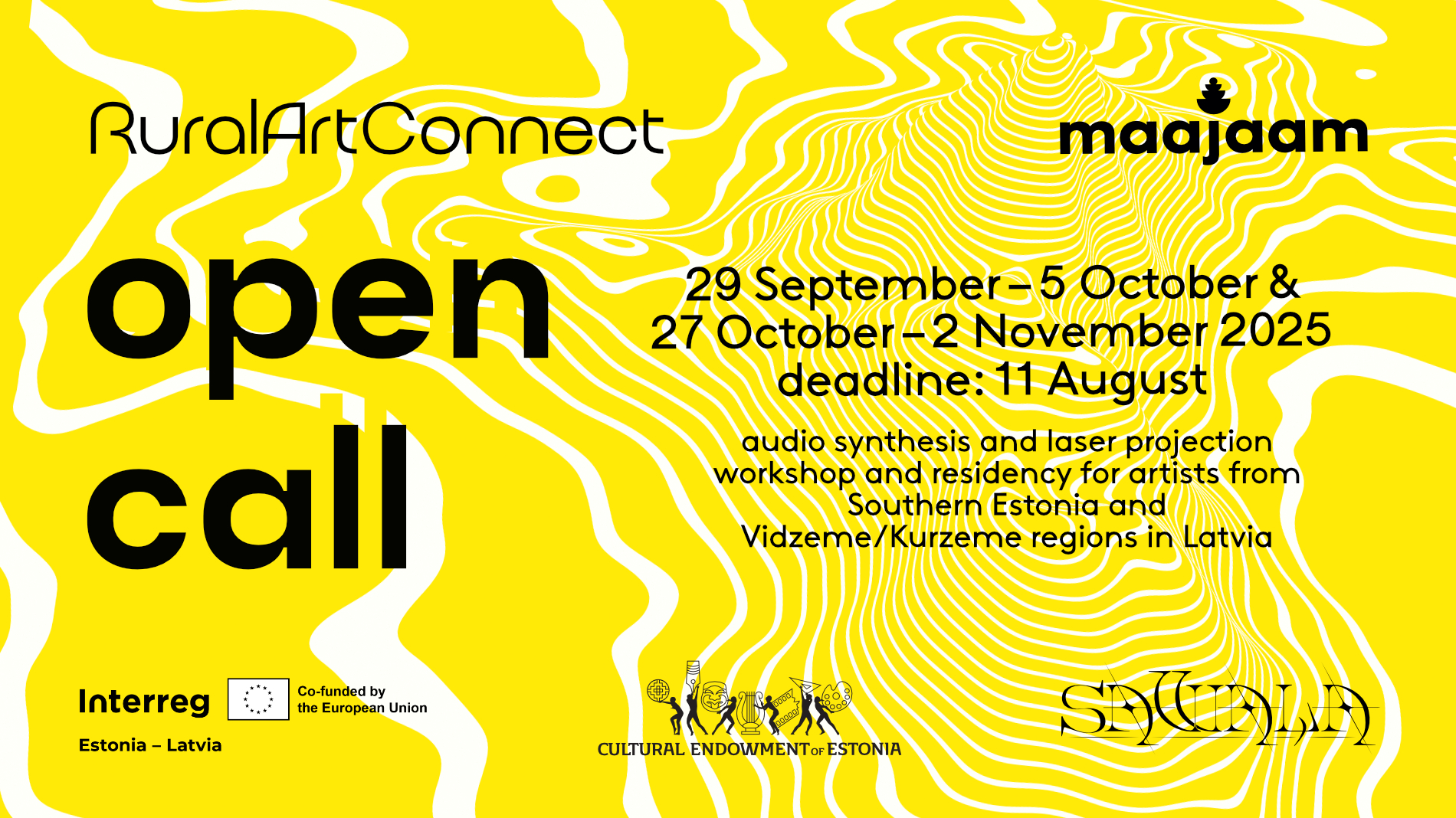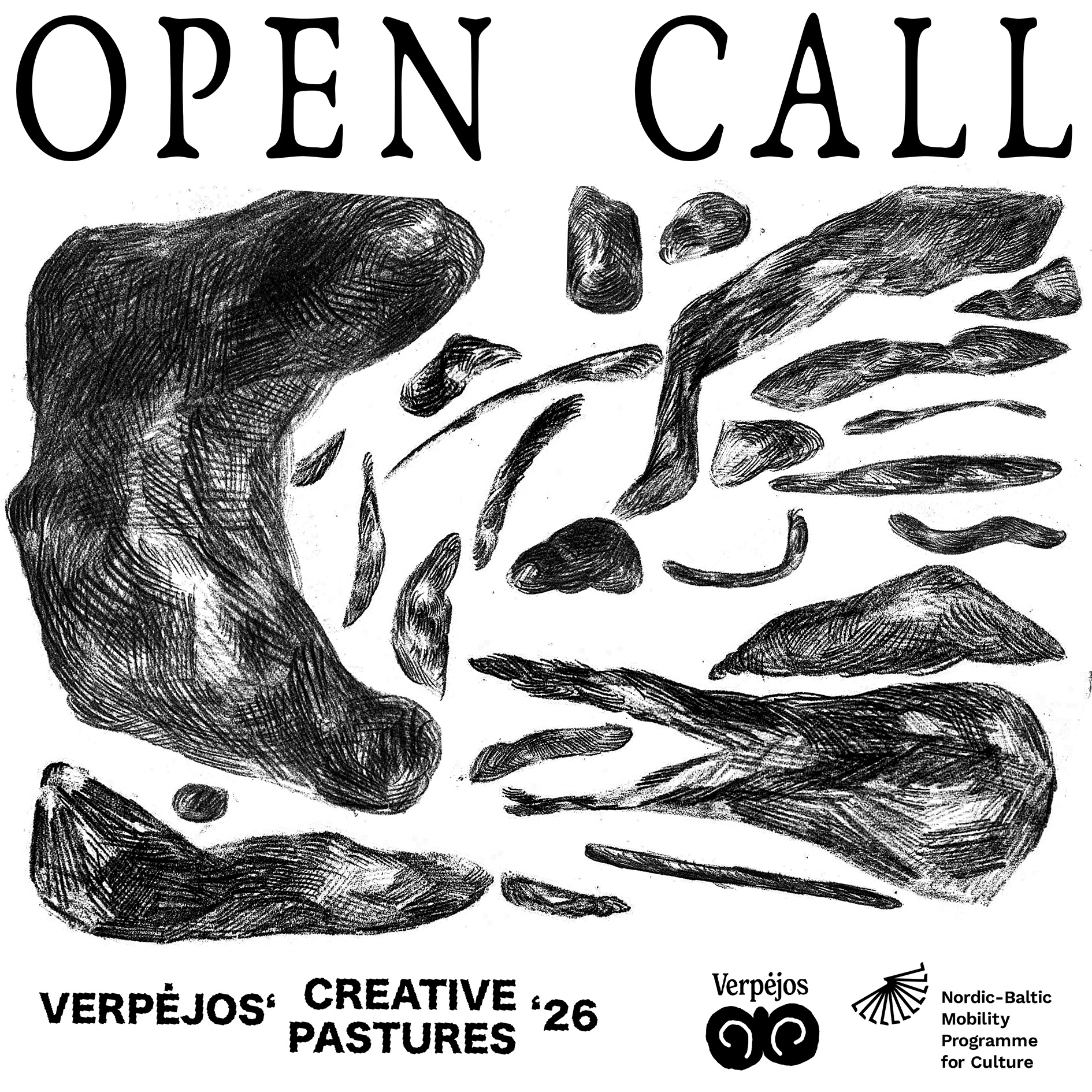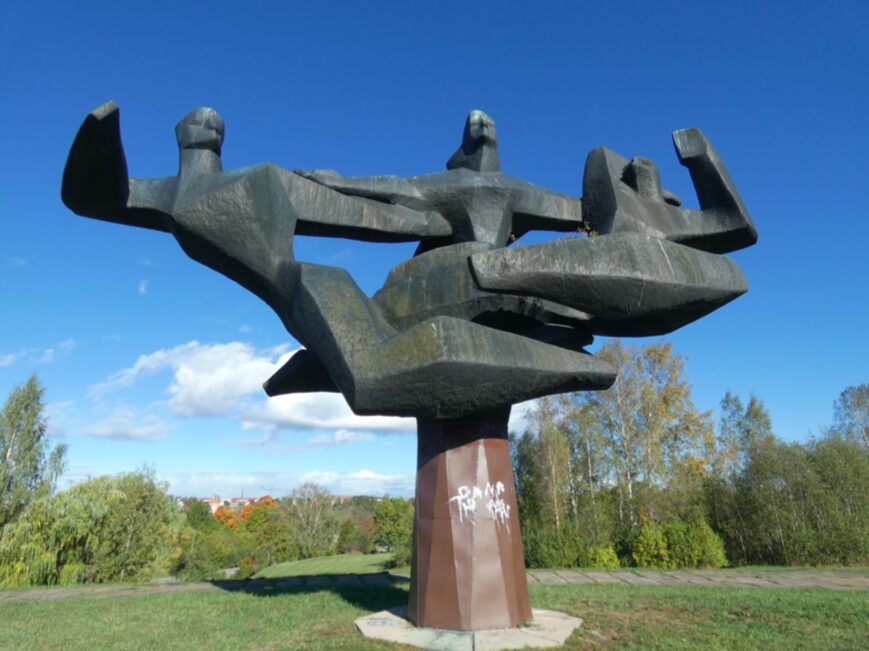Shortly before the participatory event You and I, You and Me at the Sapieha Palace in Vilnius,* I met the artists Mindaugas Gapševičius and Maria Safronova Wahlström, to talk about their latest collaboration, and their series of wearable objects to experience the environment through electricity.
Indrė Liškauskaitė: Can you tell me more about the beginning of the project? What were the first thematic questions you raised, and how did they change in the process?
Mindaugas Gapševičius: To tell the truth, the project changes each day, because we rewrite and rethink the concept every day.
Maria Safronova Wahlström: And the objects change every day as well, because they develop, get their own character, and somehow live on their own.
The project started about half a year ago. Mindaugas contacted me, and said he had an idea to create objects using tDCS methods that could increase humans’ understanding of each other. He was initially thinking about pieces of clothing and jewellery, but he was open, and would consider any objects that could accommodate technology, objects that a person could hold with another person, and connect through them. The same technology is used in therapy for treating depression and soothing chronic pain. So we discussed how a lot of scanned brain activity that was sent to another person with the tDCS method could alter our understanding of each other, in other words, empathy.

Mindaugas Gapševičius, Maria Safronova Wahlström. You and I, You and Me. Photography: Bon Alog
Indrė: So the first thought or problematic question was about empathy?
Maria: Yes. When we started, Mindaugas had already developed the technical part. But he was very open about what it could be and where the main focus was. Humans can transfer brain activity to another person over the Internet, and those who receive the signal can be stimulated in the same part of the brain as those who transmit the signal.
So we tried to think about understanding, and about the difference between empathy and a vicarious state. And can we guess that this technology can stimulate vicarious experience? In a vicarious state, a human can experience with the body the same as what another person is experiencing, without having an emotional relationship with that person, or having had similar experience in the past; whereas with empathy, a person feels what another person feels, because they had a similar experience before. Maybe brain-to-brain interfaces could allow humans to understand each other in a more direct way?
Mindaugas: It is a project about understanding the other. For example, the headpieces let us understand the other, while the shoes and jewellery let the person understand and experience the environment. We had some concerns at the beginning of the project that it resembled transhumanism, but I don’t believe it does.
Maria: In other words, we’re not interested in cyborgs.
We could speak about electricity as a universal language. Basically, all the things around us can speak and understand it. It is in the environment, the temperature, the light; it is everywhere. You can harvest electricity from almost anything and make it visible, audible or sensible.
Mindaugas: We are trying to experience the world through electricity because everything is mediated by electricity. It might sound a bit futuristic or like science-fiction, but we are interested in how electricity can be useful in sensing the world.
Maria: We want to make electricity easier for everyone to grasp as a concept. For example, when people learn about electricity in the nervous system and neurological activity in school, it is too abstract an idea to comprehend, it is hardly applicable to the things we know in everyday life.
We came up with the idea of the shoes when Mindaugas and I talked about the common expression, that you have to be in somebody else’s shoes to understand what that person feels. It was more like a joke at the beginning, but in the end we decided to include shoes in the project.
Indrė: Have you heard of the Museum of Empathy? It was initiated by the artist Clare Patey, and now it takes place in various cities around the world. When you go to the Museum of Empathy, you will get shoes that fit your feet, a set of headphones, and instructions to walk a mile in somebody else’s shoes. While you are walking, you can listen to the story of the person whose shoes they were. There are various shoes and stories. I find it interesting that people are able to feel empathy only with those who have a similar shoe size, so they experience something that might happen to them.
Mindaugas: It makes sense. Also, if a person puts on another person’s shoes or slippers within a day, they will get bacteria from that person. And that would make empathy slightly different to the example you give. So empathy through the shoes has a lot of meanings.
Indrė: To go on talking about shoes, can you say more about your aesthetic choices of clothing?
Maria: We wanted to create something comfortable and soft, using natural materials, which would warm and hug the person wearing it. We came up with examples of historical headgear, and that was our starting point. Headgear plays a very important role in early European art, primitive Flemish painting, and the golden age of the Dutch portrait; it has this overwhelming presence in the composition.
There is a term ‘hat language’ in art history. Different types and colours of headgear symbolise different social and political identities. It becomes the carrier of a message about the status and belonging of its wearer. Our headgear is a messenger too, but in a completely different way.
A lot of people ask about the wires on the headpieces. From the very beginning, we had the idea that we don’t want to hide anything, or to have any decoration that is not functional. I think it’s beautiful when people can see clearly how things function. I was surprised to find out that the most usual colours of the wires I find in a shop are similar to the naturally coloured threads that are used in the embroidery of folk headgear, from Lapland to Mali.
Mindaugas: The shoes are also linked to historical times. Maria’s friend Leon Crayfish, who is a shoemaker, helped us to combine Medieval aesthetics and techniques in order to experience the environment.
The jewellery was made in collaboration with Helga Mogensen, who is a jewellery designer, and works mostly with natural materials, such as wood and silver.
Indrė: As the project deals a lot with the future of the human senses, I am curious how you imagine future human bodies? What qualities will humans gain and adapt from machines?
Mindaugas: We already question the enslaving of the human and the machine. Who is enslaving whom? Humans or machines? We already take over features from machines, collaborate, and exchange abilities. Think of being unable to concentrate when reading long texts. Isn’t it the result of navigating through hypertext?
Maria: I don’t think it is the future. I think we are talking about today, the process is already happening.
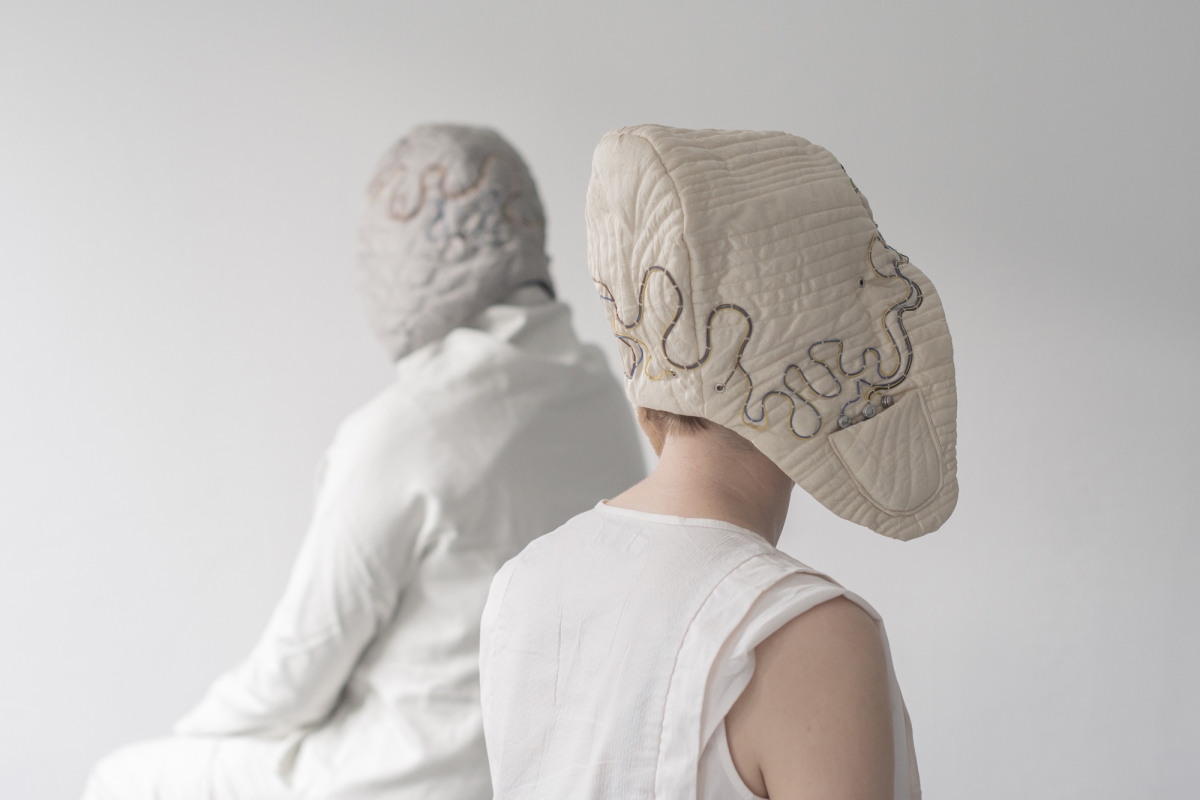
Mindaugas Gapševičius, Maria Safronova Wahlström. You and I, You and Me. Photography: Bon Alog
Indrė: Can technology be the key to unlocking the minds of non-human species of animal?
Mindaugas: I’m pretty sure. That’s why we are trying not to concentrate just on humans. Through empathy, humans should be able to unlock others, such as plants, animals and bacteria.
Maria: I would ask the opposite question: can humans unlock their minds? Can humans have a little more empathy towards non-human species too?
Mindaugas: I agree, it’s about understanding the environment, so humans need to unlock themselves first. Different organisms are often able to understand each other.
In one of my previous projects, ‘Introduction to Posthuman Aesthetics’, I did some time lapses of how bacterial colonies would interact with each other. It was very interesting to see how they do not take each other’s space, but trying to share the space. Or think of animal parties, when different animals together consume fermented fruits to get drunk.
Indrė: It is very interesting that we can finally leave human language behind in order to communicate with non-human species, and also to try to understand their communication. Humanity has such deep roots in attempts to unlock other species through the language, such as experimenting with monkeys and teaching them sign language, and imagining that they will start telling us stories about what it means to be a monkey.
Mindaugas: Right, interesting examples. But teaching a bird, a monkey or any other species to speak a human language is very anthropocentric. It doesn’t make sense. But I guess electricity could be a common language to all organisms.
Maria: And despite the fact that we are referring to electricity as a language, this project is very non-linguistic.
* The participatory event You and I, You and Me is scheduled for 30 July in the Sapieha Palace in Vilnius, Lithuania. The event explores the impact of the environment through electricity. How far can electricity help in understanding the other? Is there a possibility to alter the human senses with electrical impulses? During the participatory event, the audience are invited to experience the environment, including other humans, by wearing jewellery, shoes and headgear.
Mindaugas Gapševičius questions machine creativity without presuming that the human is the sole creative force. Maria Safronova Wahlström is interested in social myths, and works with themes such as collective behaviour and linguistic practices that signal our social belonging.




